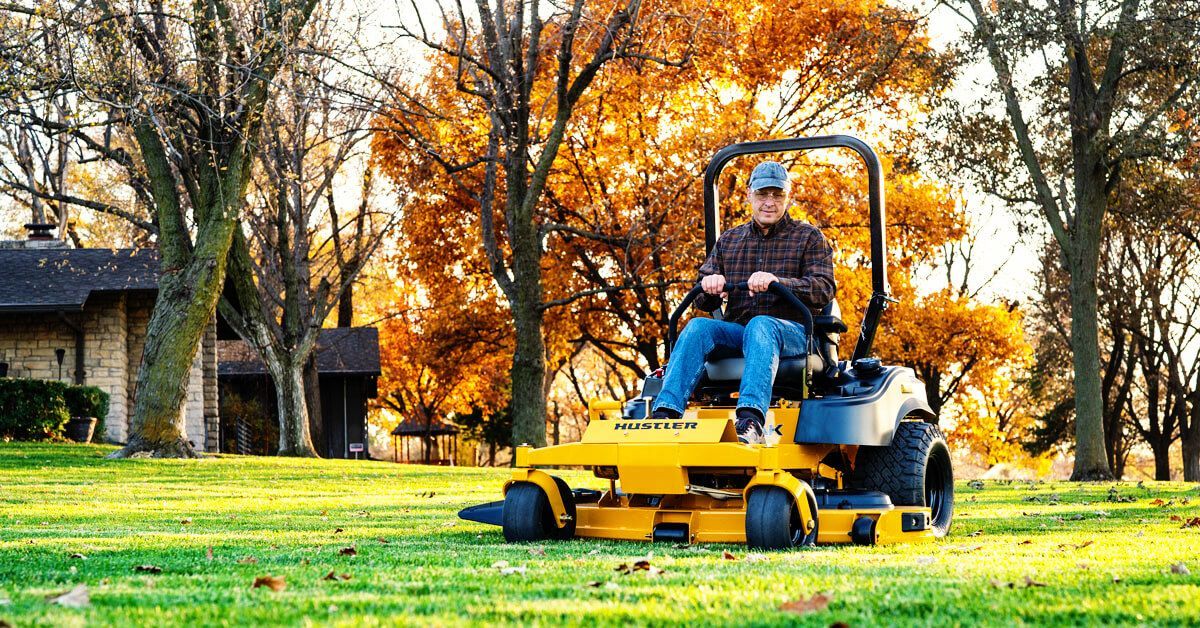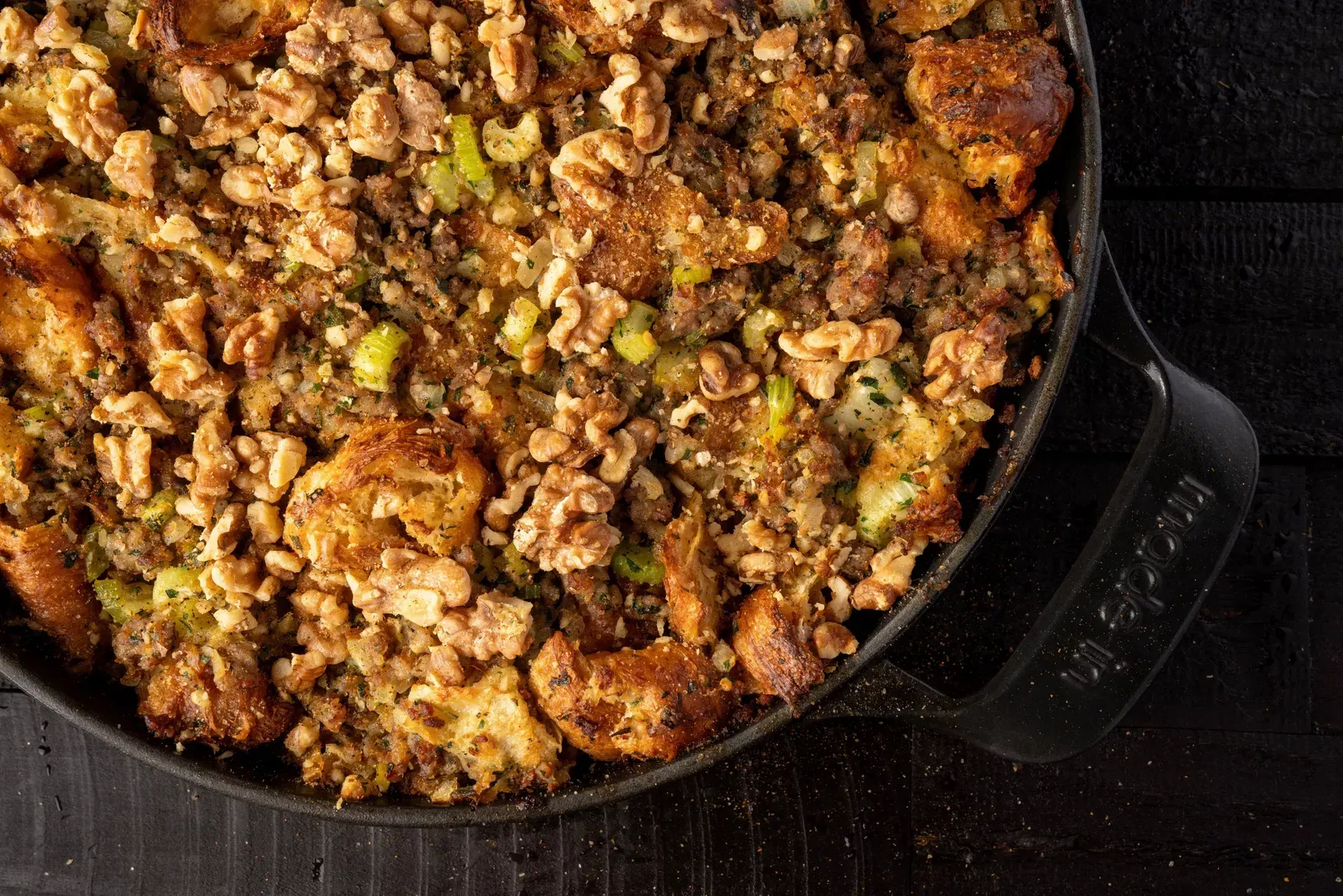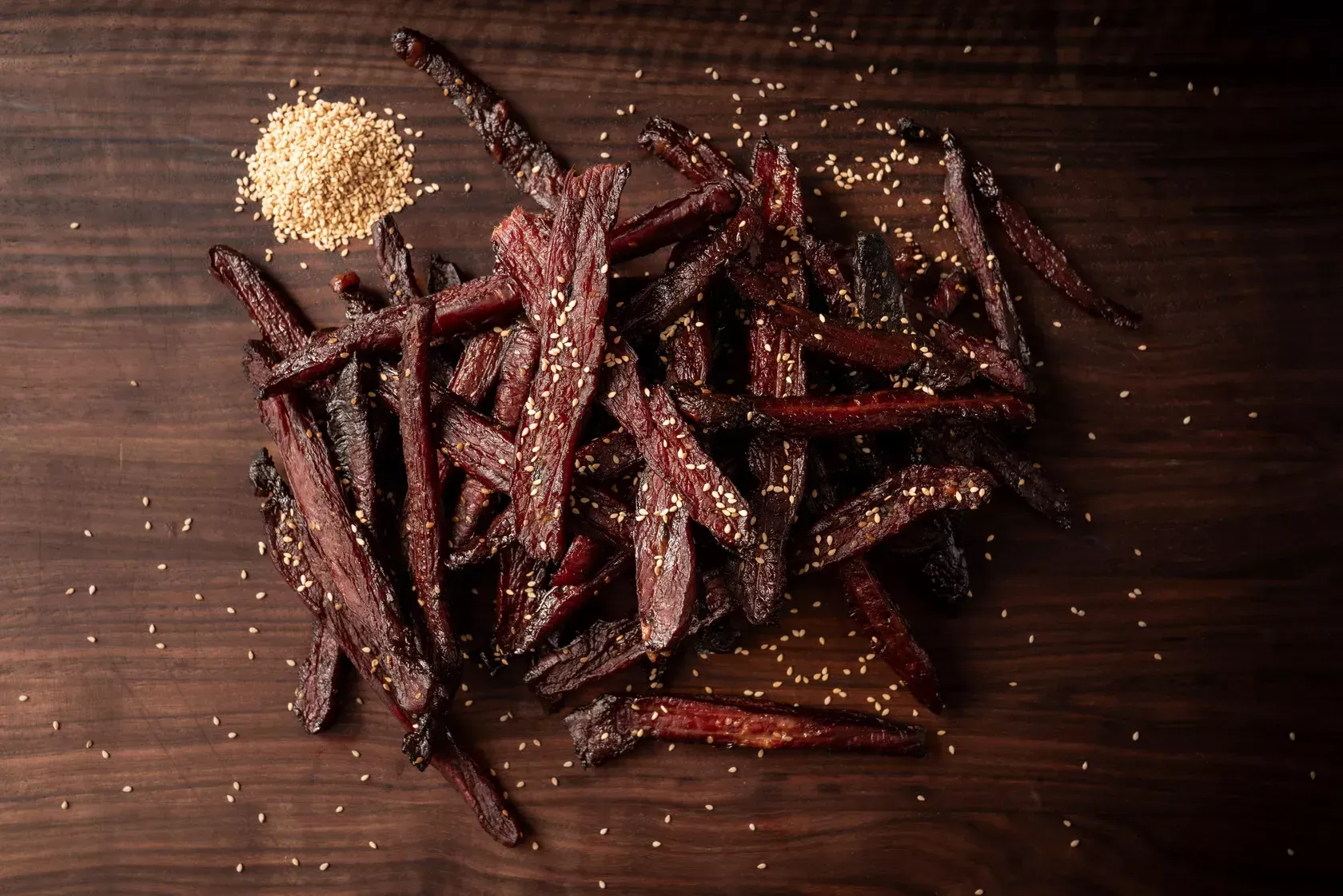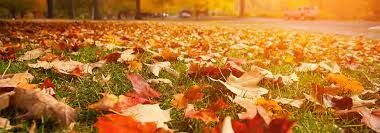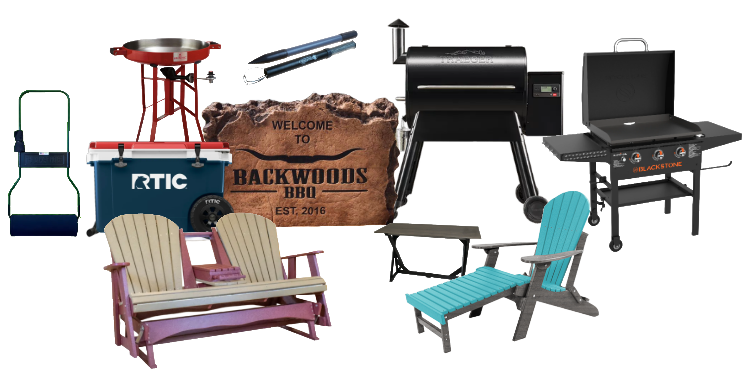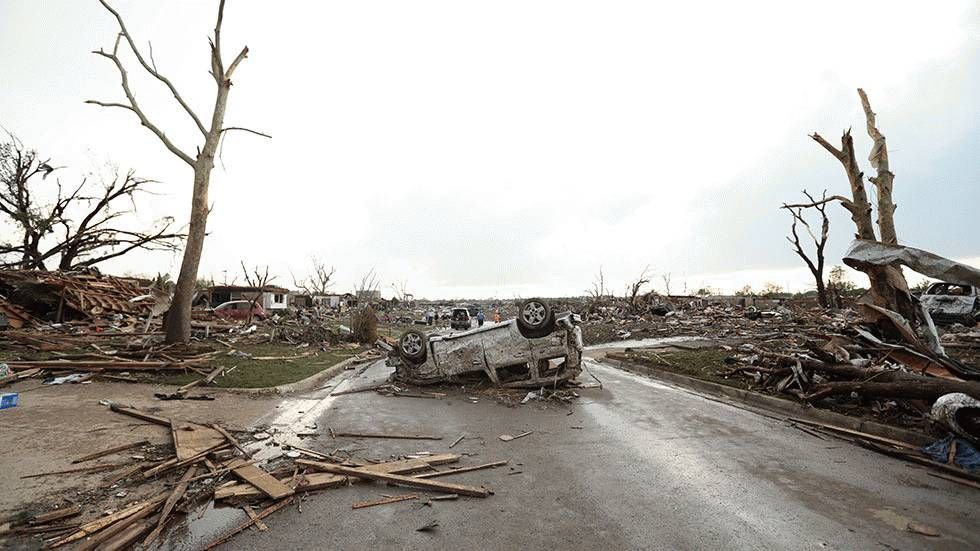MAINTAINING GRASS IN EXTREME HEAT: WATERING AND CUTTING TIPS
First and foremost, make sure to water your lawn deeply and infrequently. This means giving your lawn a good soaking once or twice a week, rather than frequent shallow waterings. This will encourage deep root growth, making your lawn more resilient to drought conditions. Additionally, mow your lawn at a higher setting to provide shade for the soil and help retain moisture. Consider applying a slow-release fertilizer to provide essential nutrients to your grass throughout the summer months. Finally, consider planting drought-resistant grass varieties or incorporating more native plants into your landscaping to reduce water consumption. By following these tips, you can help your lawn thrive even in the most extreme summer conditions.
Tip #1: Avoid Cutting Grass Too Short
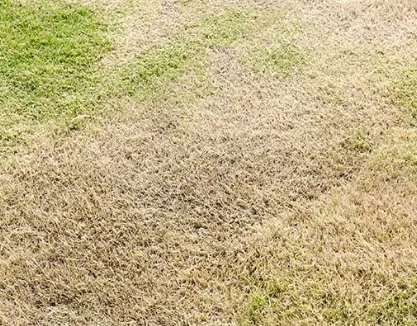
One common mistake made by homeowners and commercial landscape maintenance companies is cutting the lawn too short. When grass is cut too short, particularly in hot weather, it hinders the plants' ability to produce energy for growth. On the other hand, maintaining grass at the proper height helps develop stronger roots that support more robust plants, making them more resilient to stress. It is essential to consider that different grass varieties have distinct growth habits that dictate the ideal mowing heights. For instance, cool-season grass and warm-season grass types require slightly different maintenance techniques and recommended cutting heights.
TIP #2: FOLLOW THE ONE-THIRD RULE FOR PROPER LAWN MAINTENANCE
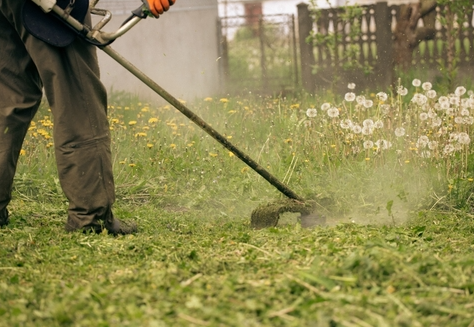
When determining the appropriate grass cutting height, it is crucial to adhere to the "one-third" rule, which advises against removing more than one-third of the grass height in a single mowing session. This practice helps to maintain a cooler lawn by preserving more plant tissue. Additionally, certain grass types, such as cool-season varieties, can benefit from increased height during hot weather. For instance, if your lawn is typically mowed at 2.5 inches, raising the cutting height to 3 inches in the summer heat can alleviate heat stress and prevent the grass from entering dormancy.
TIP #3: CONTROL WATER CONSUMPTION
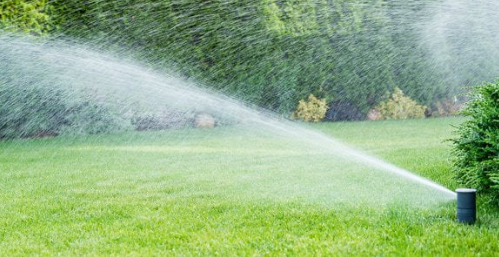
One common misconception about watering lawns during extreme heat is the belief that more water is better. However, turf grasses actually thrive better when kept on the drier side rather than constantly wet. Overwatering can lead to physiological issues for both plants and soil organisms, as it deprives grass roots of oxygen and can make them more susceptible to diseases that flourish in wet conditions. To promote a healthy lawn, it is recommended to follow the "deep and infrequent" watering technique. This involves thoroughly watering the entire root zone and then allowing the grass to dry out before watering again. By monitoring the appearance of your lawn and focusing on dry areas, you can efficiently manage your watering schedule. Remember, lawns only need about one inch of water per week, including any rainfall.
Tip #4: In times of drought, let it be.
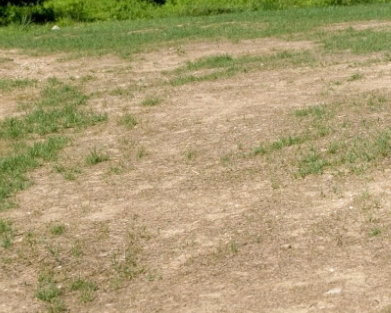
It is best to avoid mowing your lawn during drought conditions. Lawns that are already stressed from lack of water have a diminished ability to recover from mowing and can be further damaged. Wait to mow the grass until after a rainfall or irrigation day when it has dried out. Mowing wet grass should also be avoided to prevent clumping.
At What Temperature Is It Too Hot to Mow the Grass?
Various grass varieties have varying thresholds for heat tolerance, however, warm season grasses are also vulnerable to damage if mowed in high temperatures. It is recommended to refrain from mowing when the temperature exceeds 90 degrees Fahrenheit. Let the grass grow another day when it is cooler to avoid potential harm to your lawn.
Optimal Timing for Mowing Your Lawn During Hot Weather
When faced with the task of mowing your lawn during the peak of summer, selecting the optimal time of day can make a significant difference in managing the hot weather for both you and your lawn. Avoiding mowing at noon under scorching temperatures is essential, but cutting grass too early in the morning or late at night can also have negative effects on your lawn's health. The ideal time for mowing in hot weather is usually mid-morning or late afternoon when the temperatures are more bearable and conducive for both you and your lawn.
TIP #5: MAINTAIN SHARP BLADES FOR A HEALTHY LAWN
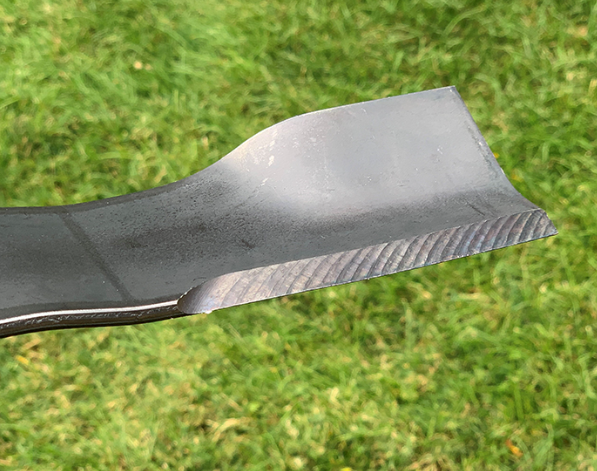
Cutting grass with a sharp mower blade promotes faster healing for the plant compared to using a dull blade. Dull blades do not cleanly cut the grass but instead tear the plant tissue, causing a brownish appearance and increasing vulnerability to stress and disease, particularly in warmer temperatures.
TIP #6: Let Grass Clippings Stay for a Healthier Lawn
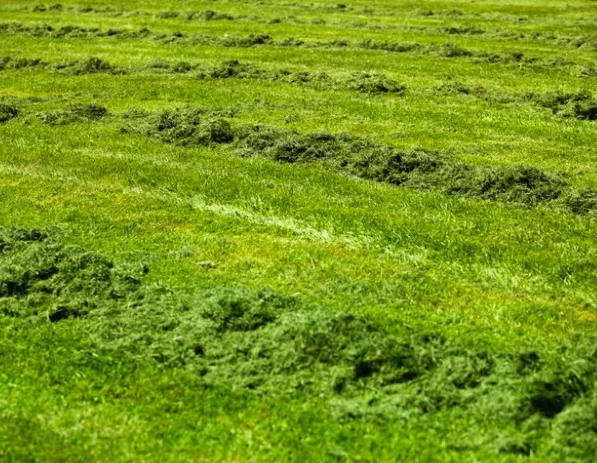
Returning clippings to the lawn using a mulching mower can provide valuable nutrients to your grass, acting as a natural fertilizer as they decompose. This method helps your lawn recover from heat stress without requiring additional fertilizer. Be mindful of where you dispose of clippings, avoiding streets, storm drains, and bodies of water to prevent pollution. When mowing near water, consider bagging clippings within a close distance to reduce nutrient runoff into streams and lakes.
TIP #7: Environmentally-Friendly Lawn Care Practices for Nutrient-Rich Grass
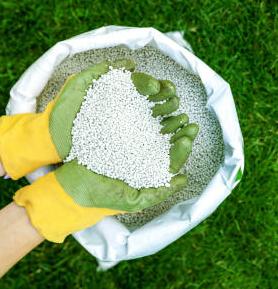
Avoid fertilizing your lawn during the peak heat of mid-summer, as this can overburden cool season grasses that are already struggling to keep up with their energy consumption. The additional growth stimulated by fertilizer can further stress your lawn during high temperatures. Similarly, refrain from aerating or dethatching your lawn during the summer months, as these practices can cause temporary damage. Instead, opt to cultivate your lawn in the fall or spring when the turf is more resilient and can recover swiftly from any minor injuries.
Tip #8: The Importance of Promoting Year-Round Lawn Health
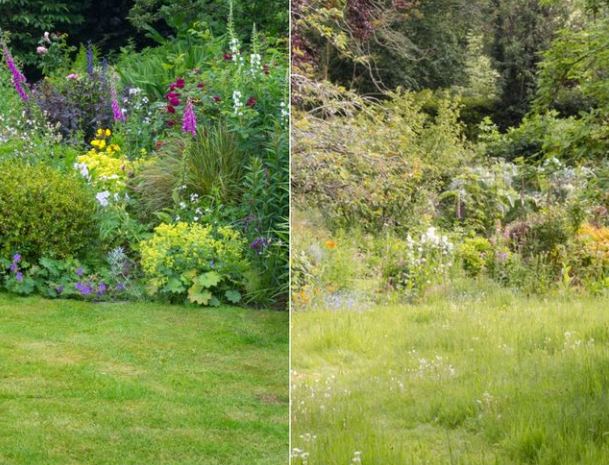
Taking a year-round, comprehensive approach to lawn care can simplify the process of maintaining a lush and healthy lawn. The first step involves ensuring the health of your lawn in every season, as healthy grass is better equipped to withstand the rigors of extreme heat. Consistent care throughout the year, including proper fertilization, watering, mowing, and pest control, is crucial for cultivating a resilient lawn that can thrive during the summer months. The second step is to implement best management practices specifically tailored to combat the stresses of summer, as detailed in this article. By prioritizing the health of your yard during periods of intense heat, you can achieve a vibrant and robust lawn that will reward you with beauty and satisfaction year-round.
For more lawn tips and tricks click here or give us a call at 580-886-2345 for more information on what lawn equipment is best for your lawn!!
Share Our Blog Post(s) However You'd Like!
Contact
Contact Us
